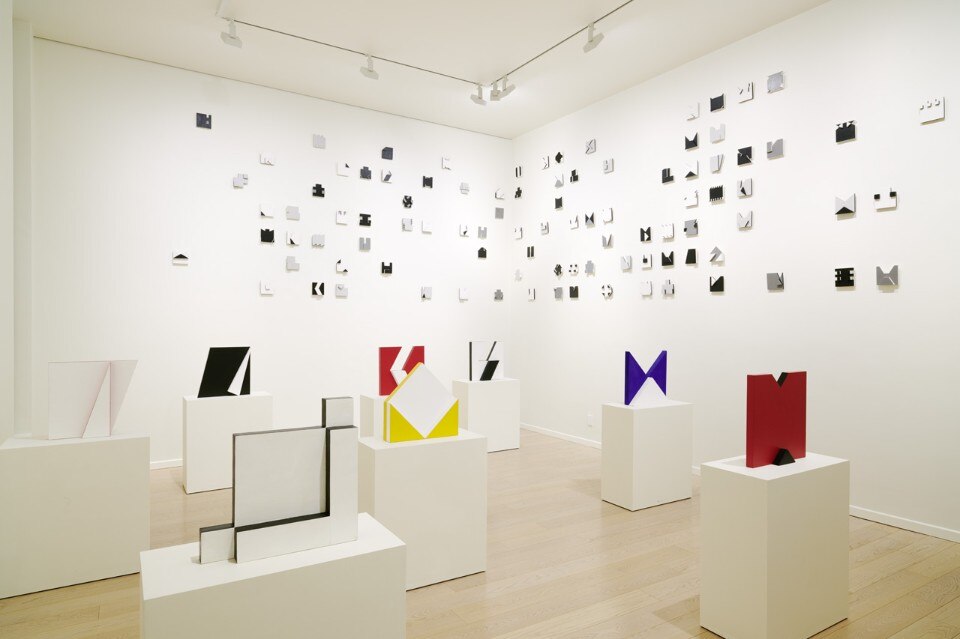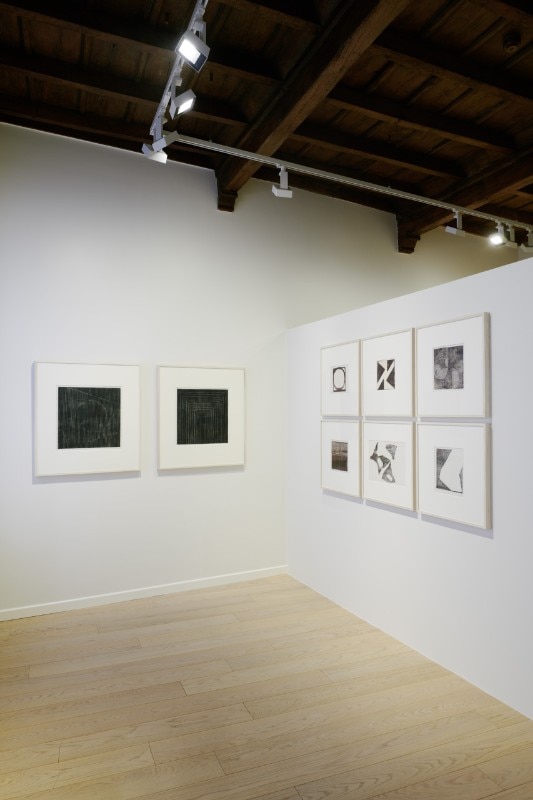“Works of art, from Greek urns to the Sistine chapel, are always exquisitely ‘relative’ masterpieces. The work never stands alone, it is always in relation to another work of art. [...] It is therefore the sense of openness of this relationship which leads to the need for critic response. A response which not only concerns the relationship between one work and another, but between the work and the world, society, economics, religion, politics and whatever else is necessary”, wrote Roberto Longhi in his Proposte per una critica d’arte.
The exhibition on the work of Lygia Pape (1927-2004) at the Carriero Foundation in Milan (open until 21 July 2019) is a historicised presentation but, as stressed by the curator Francesco Stocchi, it is not a retrospective, as it examines only a part of the artist’s work.
Continuing with the theme of relationships, those which exist here, particularly on a formal level, between “work and works” are evident. First and foremost is the use of geometrics in every single work exhibited, as well as the desire to bring form far beyond its two-dimensionality, gaining spacial autonomy and physical interaction with human beings.
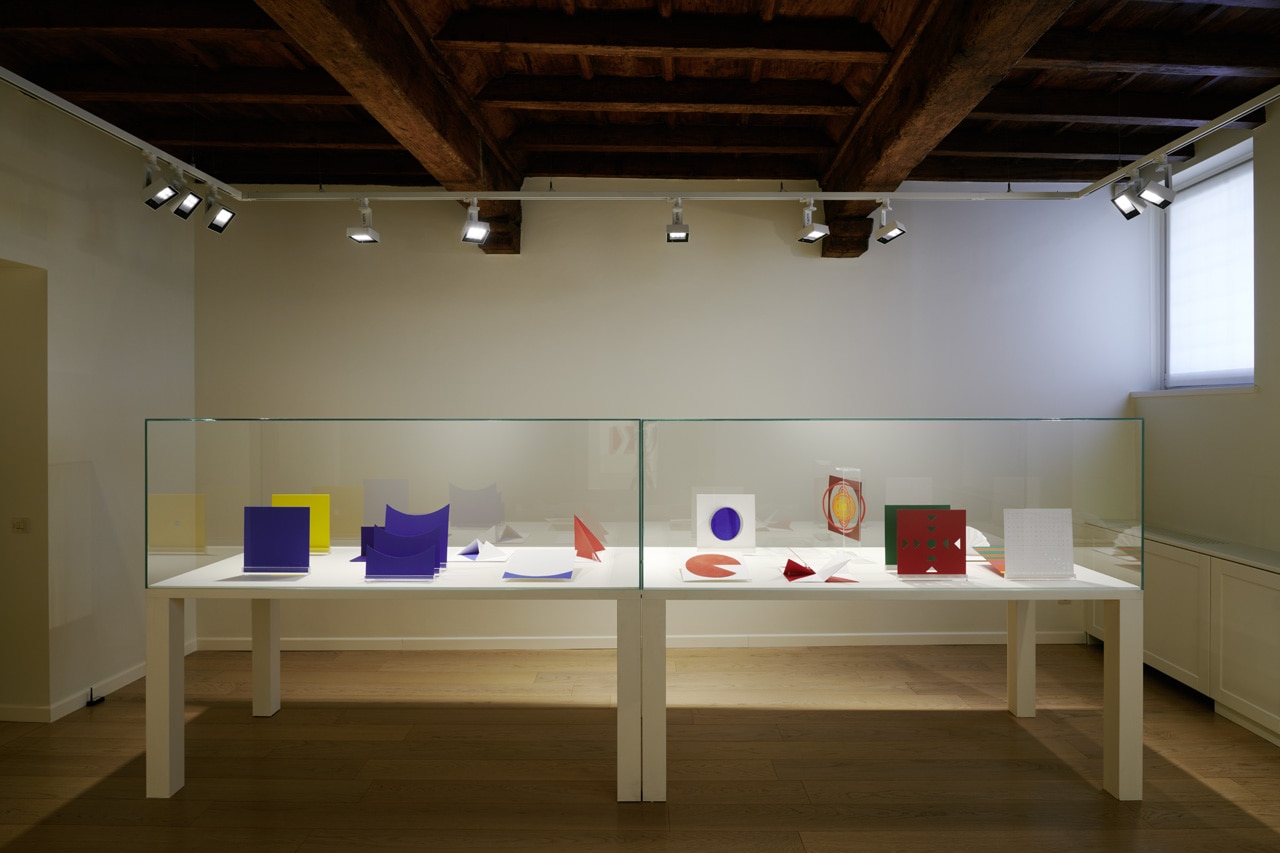
 View gallery
View gallery
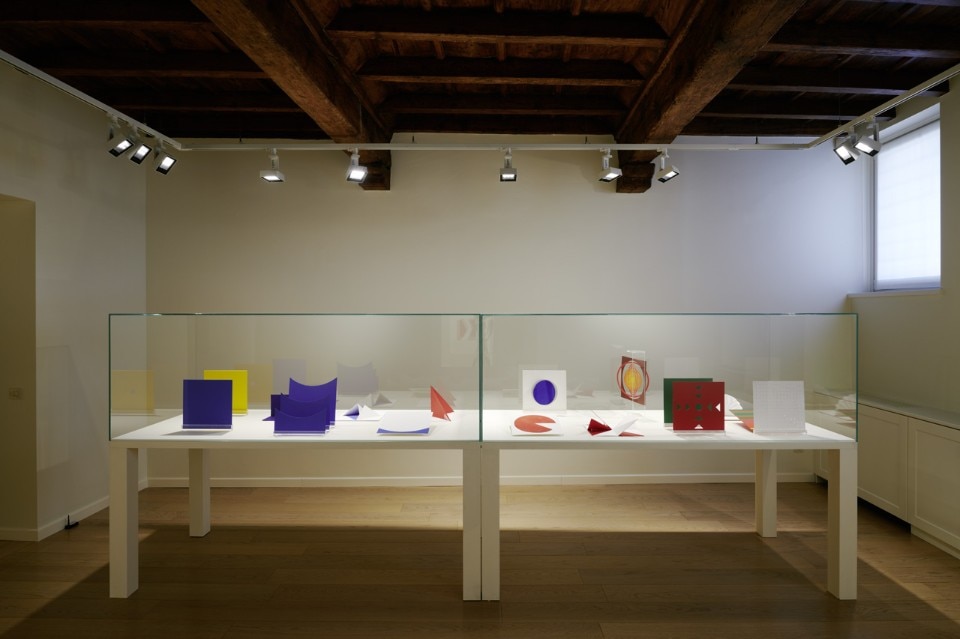
Lygia Pape, 2019, installation view della mostra alla Fondazione Carriero, Milano, Ph. Christian Kain, Courtesy Fondazione Carriero, Milano
Lygia Pape, 2019, installation view della mostra alla Fondazione Carriero, Milano, Ph. Christian Kain, Courtesy Fondazione Carriero, Milano
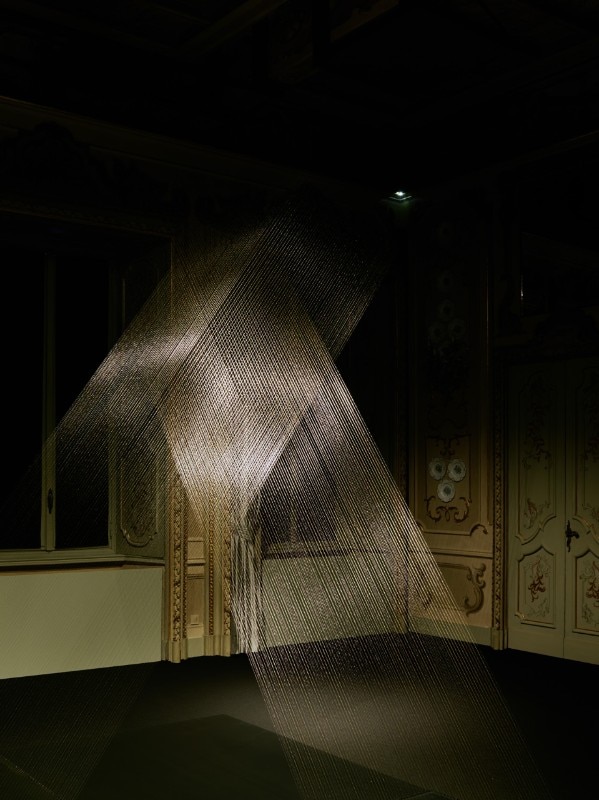
Lygia Pape, 2019, installation view della mostra alla Fondazione Carriero, Milano, Ph. Christian Kain, Courtesy Fondazione Carriero, Milano
Lygia Pape, 2019, installation view della mostra alla Fondazione Carriero, Milano, Ph. Christian Kain, Courtesy Fondazione Carriero, Milano
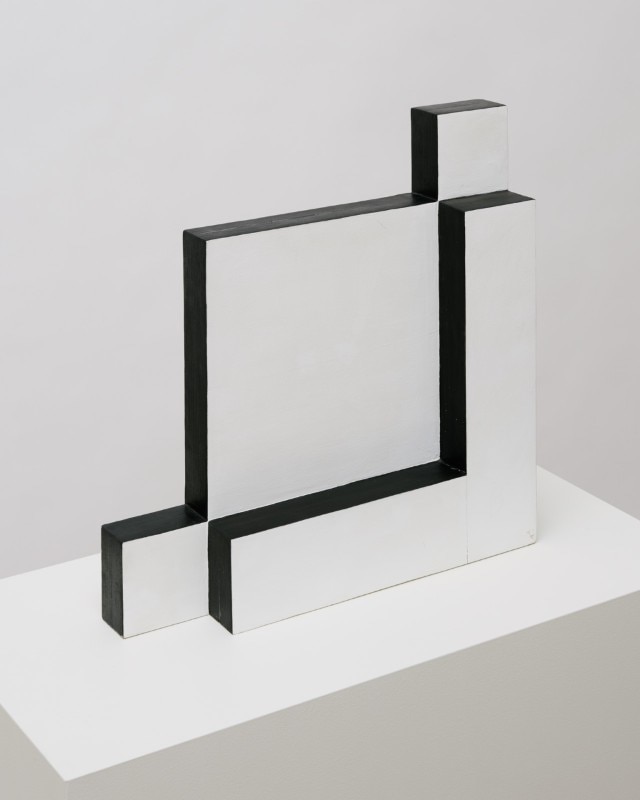
Lygia Pape, 2019, installation view della mostra alla Fondazione Carriero, Milano, Ph. Christian Kain, Courtesy Fondazione Carriero, Milano
Lygia Pape, 2019, installation view della mostra alla Fondazione Carriero, Milano, Ph. Christian Kain, Courtesy Fondazione Carriero, Milano
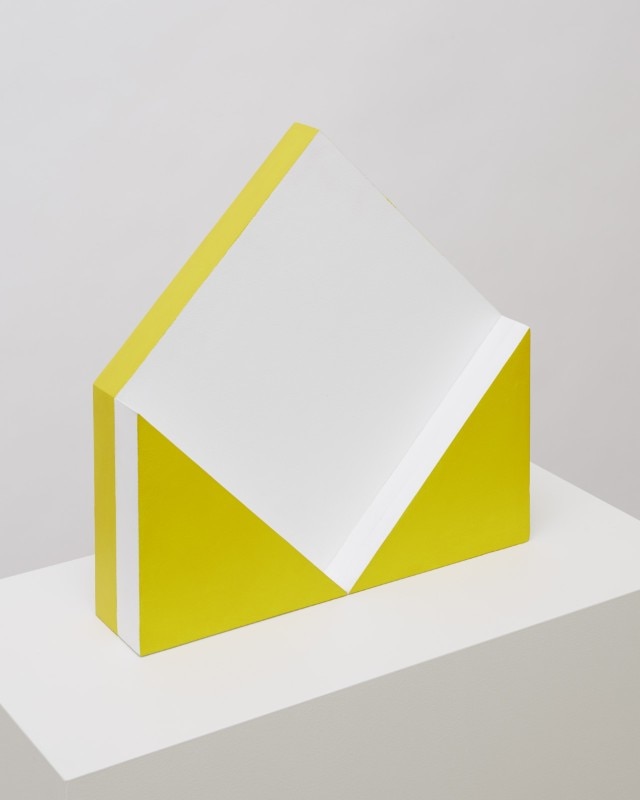
Lygia Pape, 2019, installation view della mostra alla Fondazione Carriero, Milano, Ph. Christian Kain, Courtesy Fondazione Carriero, Milano
Lygia Pape, 2019, installation view della mostra alla Fondazione Carriero, Milano, Ph. Christian Kain, Courtesy Fondazione Carriero, Milano
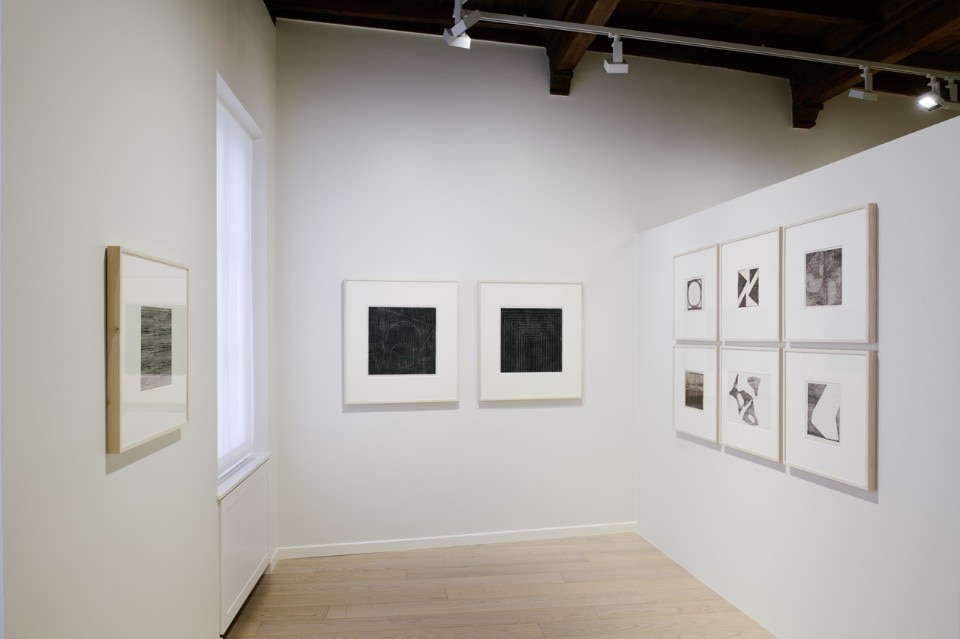
Lygia Pape, 2019, installation view della mostra alla Fondazione Carriero, Milano, Ph. Christian Kain, Courtesy Fondazione Carriero, Milano
Lygia Pape, 2019, installation view della mostra alla Fondazione Carriero, Milano, Ph. Christian Kain, Courtesy Fondazione Carriero, Milano
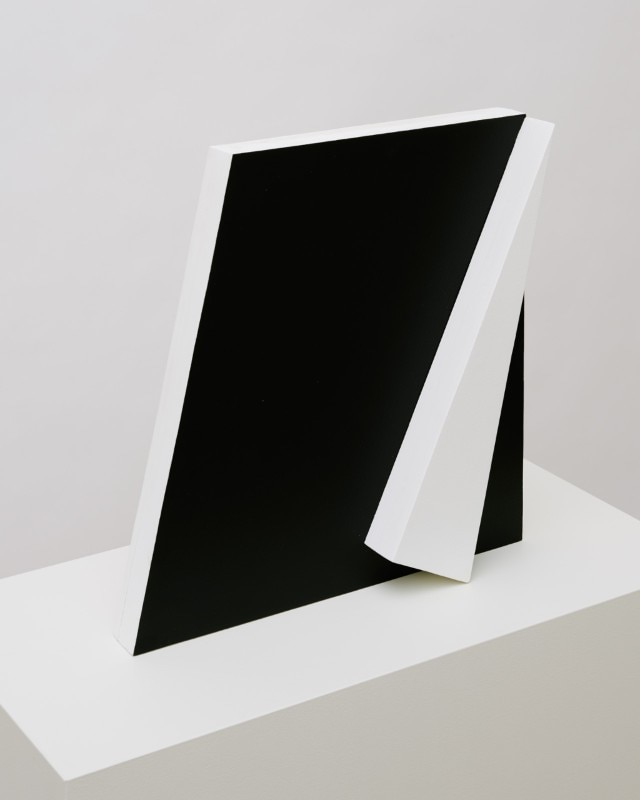
Lygia Pape, 2019, installation view della mostra alla Fondazione Carriero, Milano, Ph. Christian Kain, Courtesy Fondazione Carriero, Milano
Lygia Pape, 2019, installation view della mostra alla Fondazione Carriero, Milano, Ph. Christian Kain, Courtesy Fondazione Carriero, Milano
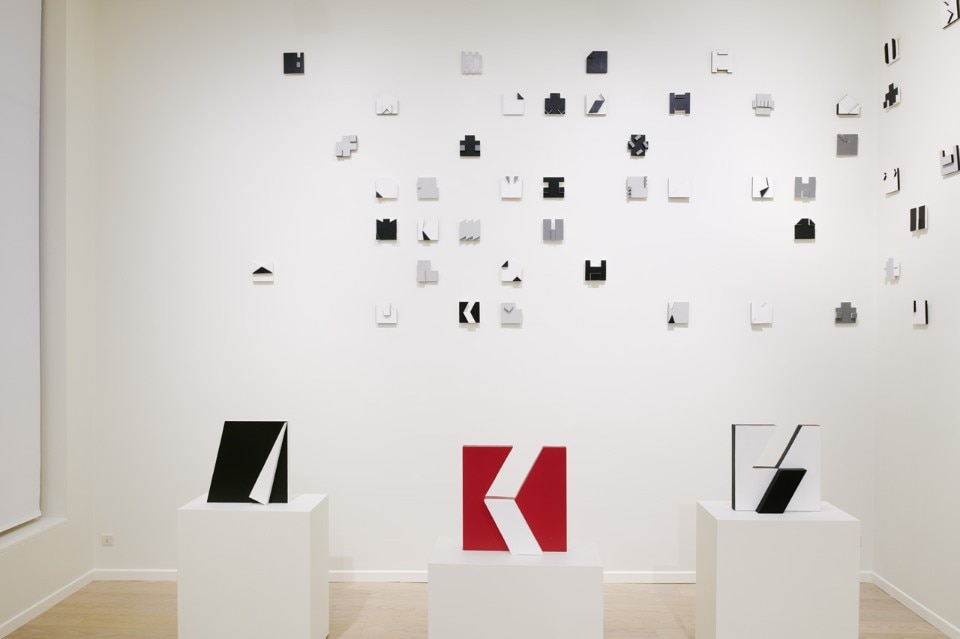
Lygia Pape, 2019, installation view della mostra alla Fondazione Carriero, Milano, Ph. Christian Kain, Courtesy Fondazione Carriero, Milano
Lygia Pape, 2019, installation view della mostra alla Fondazione Carriero, Milano, Ph. Christian Kain, Courtesy Fondazione Carriero, Milano
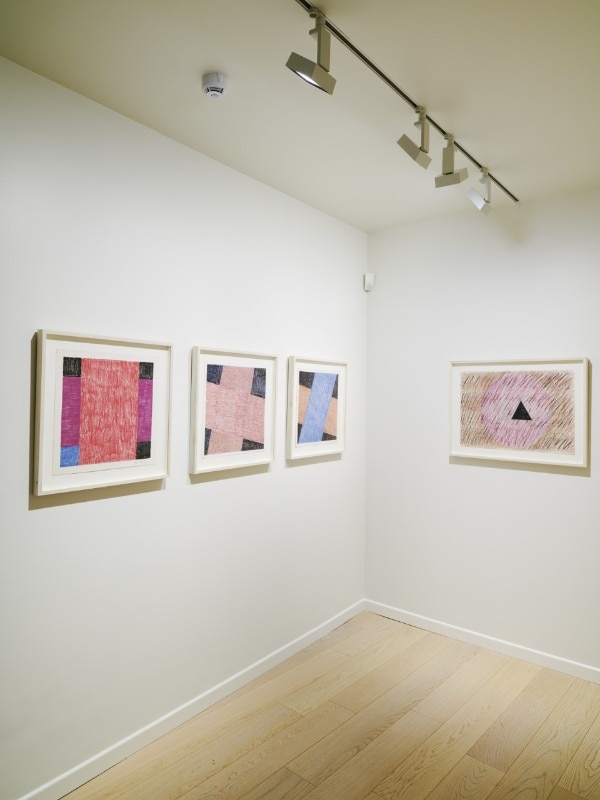
Lygia Pape, 2019, installation view della mostra alla Fondazione Carriero, Milano, Ph. Christian Kain, Courtesy Fondazione Carriero, Milano
Lygia Pape, 2019, installation view della mostra alla Fondazione Carriero, Milano, Ph. Christian Kain, Courtesy Fondazione Carriero, Milano
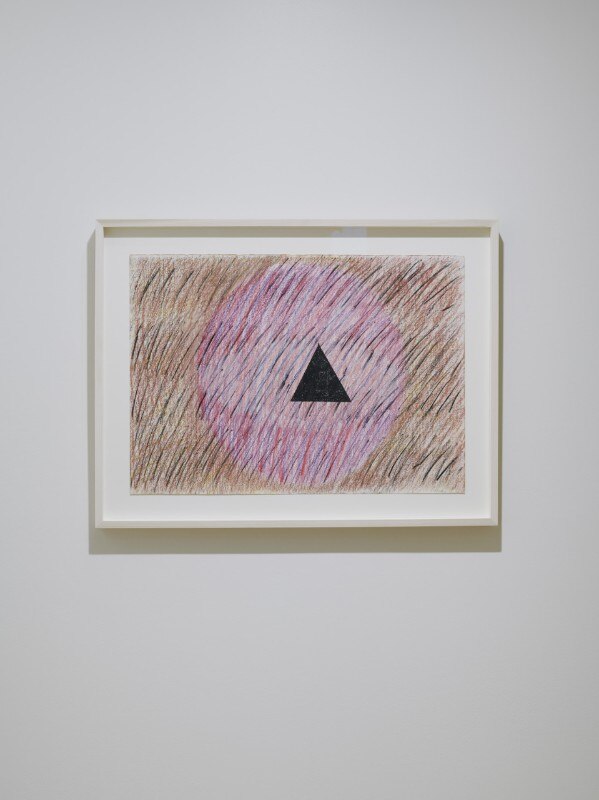
Lygia Pape, 2019, installation view della mostra alla Fondazione Carriero, Milano, Ph. Christian Kain, Courtesy Fondazione Carriero, Milano
Lygia Pape, 2019, installation view della mostra alla Fondazione Carriero, Milano, Ph. Christian Kain, Courtesy Fondazione Carriero, Milano
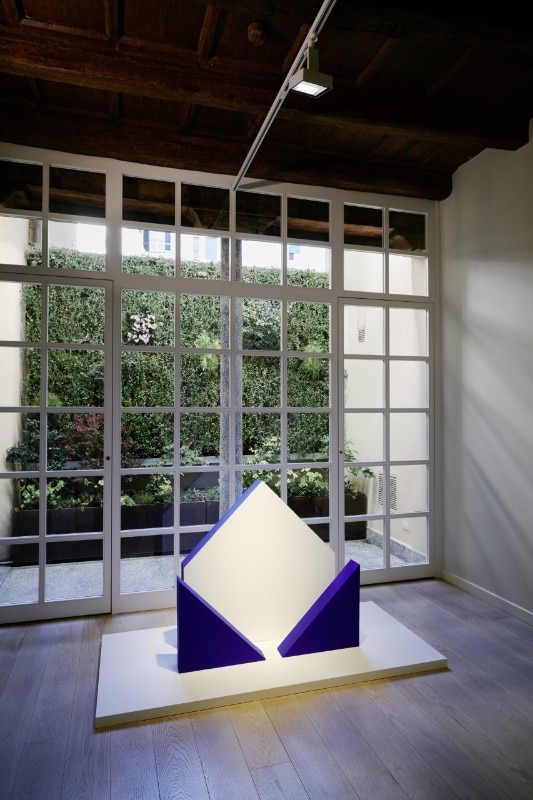
Lygia Pape, 2019, installation view della mostra alla Fondazione Carriero, Milano, Ph. Christian Kain, Courtesy Fondazione Carriero, Milano
Lygia Pape, 2019, installation view della mostra alla Fondazione Carriero, Milano, Ph. Christian Kain, Courtesy Fondazione Carriero, Milano
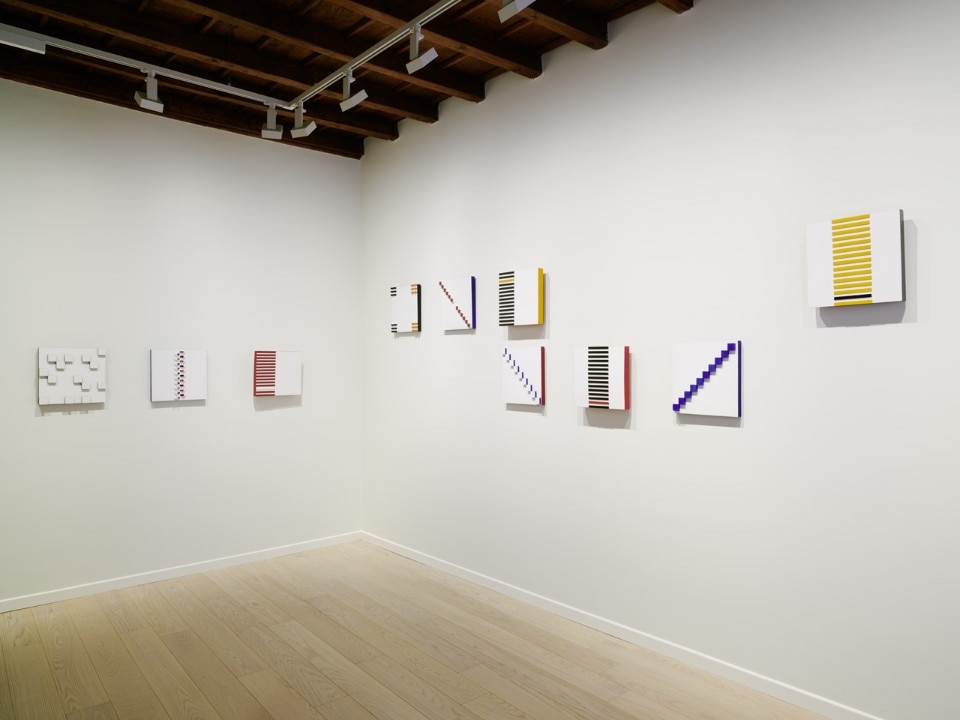
Lygia Pape, 2019, installation view della mostra alla Fondazione Carriero, Milano, Ph. Christian Kain, Courtesy Fondazione Carriero, Milano
Lygia Pape, 2019, installation view della mostra alla Fondazione Carriero, Milano, Ph. Christian Kain, Courtesy Fondazione Carriero, Milano
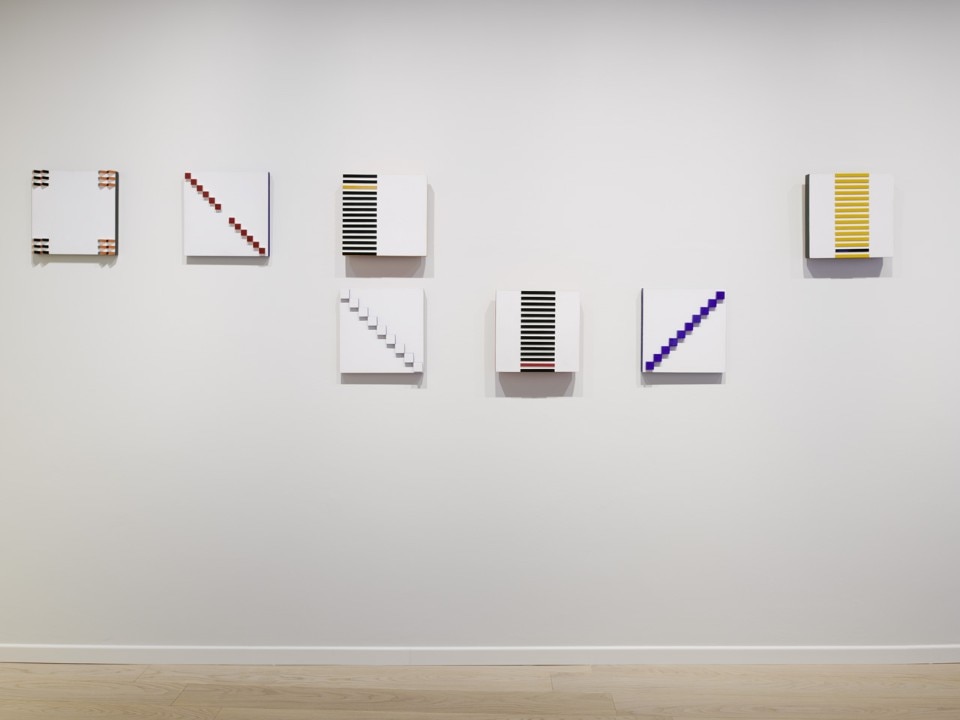
Lygia Pape, 2019, installation view della mostra alla Fondazione Carriero, Milano, Ph. Christian Kain, Courtesy Fondazione Carriero, Milano
Lygia Pape, 2019, installation view della mostra alla Fondazione Carriero, Milano, Ph. Christian Kain, Courtesy Fondazione Carriero, Milano
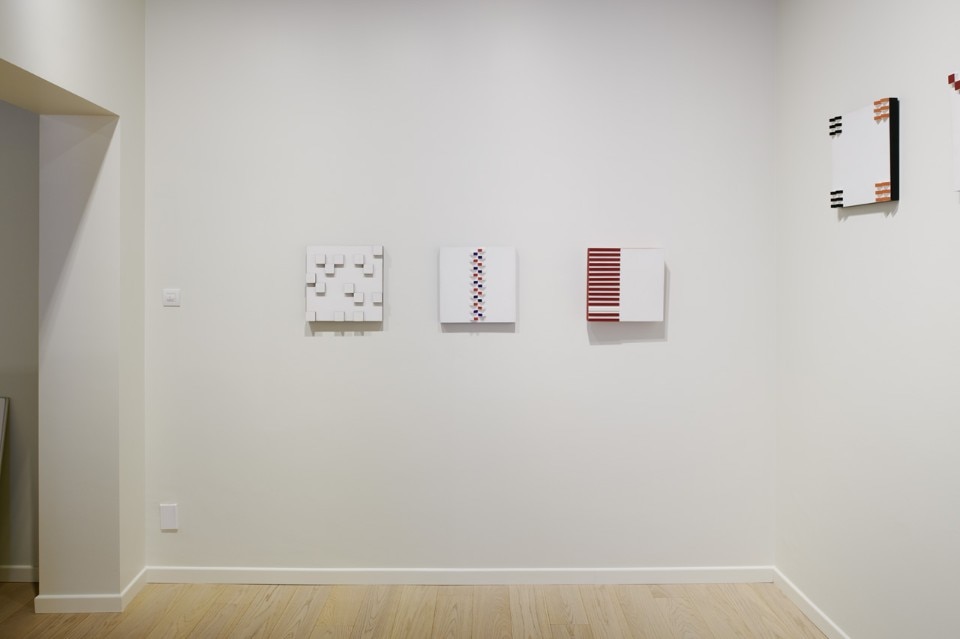
Lygia Pape, 2019, installation view della mostra alla Fondazione Carriero, Milano, Ph. Christian Kain, Courtesy Fondazione Carriero, Milano
Lygia Pape, 2019, installation view della mostra alla Fondazione Carriero, Milano, Ph. Christian Kain, Courtesy Fondazione Carriero, Milano
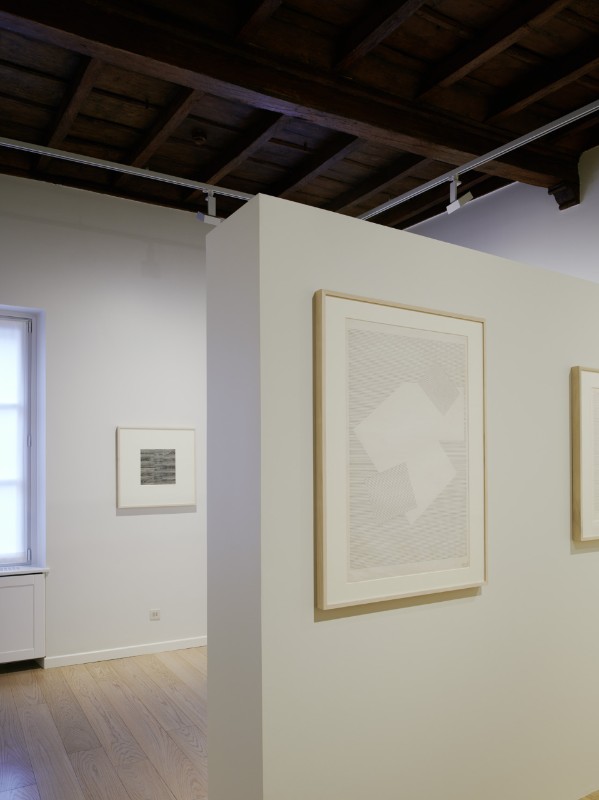
Lygia Pape, 2019, installation view della mostra alla Fondazione Carriero, Milano, Ph. Christian Kain, Courtesy Fondazione Carriero, Milano
Lygia Pape, 2019, installation view della mostra alla Fondazione Carriero, Milano, Ph. Christian Kain, Courtesy Fondazione Carriero, Milano
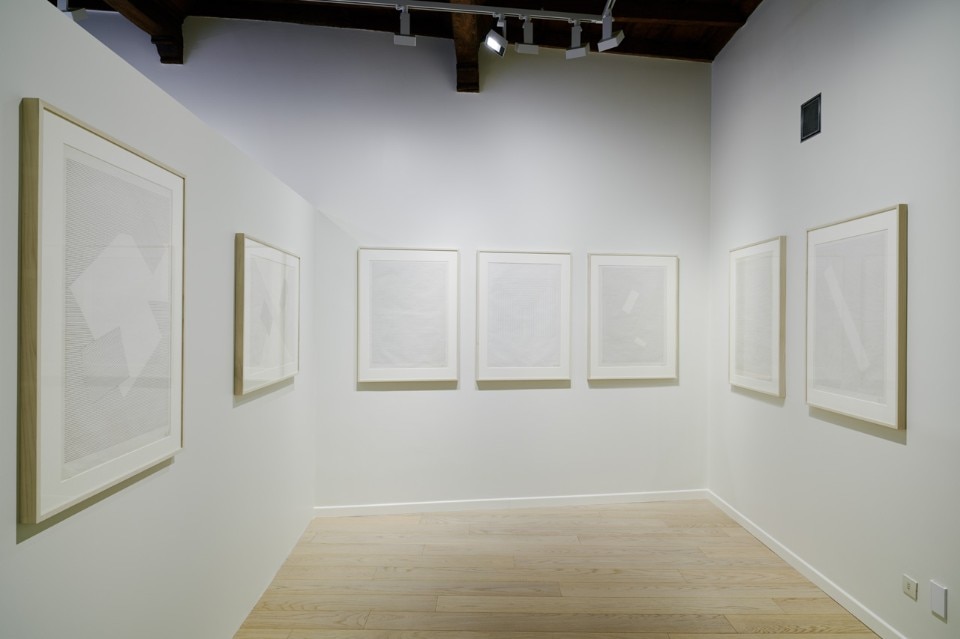
Lygia Pape, 2019, installation view della mostra alla Fondazione Carriero, Milano, Ph. Christian Kain, Courtesy Fondazione Carriero, Milano
Lygia Pape, 2019, installation view della mostra alla Fondazione Carriero, Milano, Ph. Christian Kain, Courtesy Fondazione Carriero, Milano
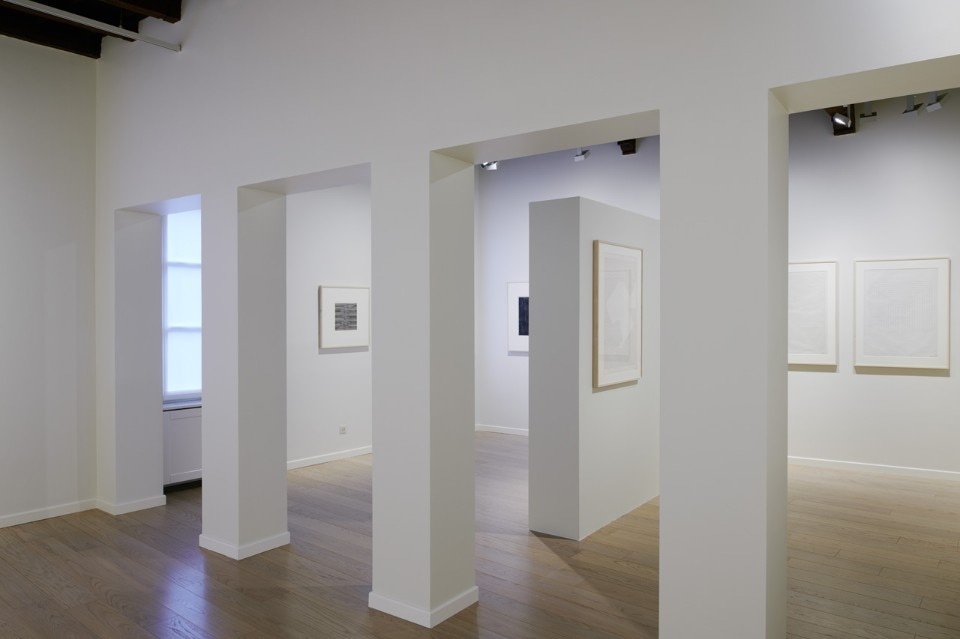
Lygia Pape, 2019, installation view della mostra alla Fondazione Carriero, Milano, Ph. Christian Kain, Courtesy Fondazione Carriero, Milano
Lygia Pape, 2019, installation view della mostra alla Fondazione Carriero, Milano, Ph. Christian Kain, Courtesy Fondazione Carriero, Milano

Lygia Pape, 2019, installation view della mostra alla Fondazione Carriero, Milano, Ph. Christian Kain, Courtesy Fondazione Carriero, Milano
Lygia Pape, 2019, installation view della mostra alla Fondazione Carriero, Milano, Ph. Christian Kain, Courtesy Fondazione Carriero, Milano
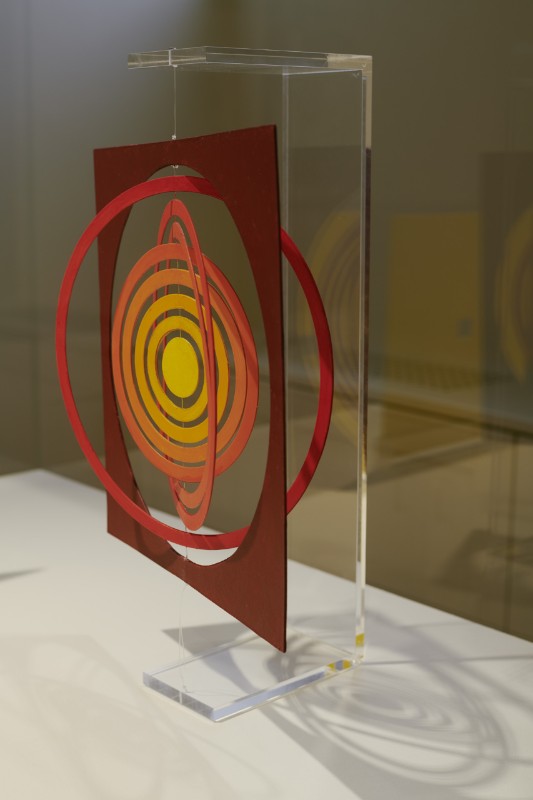
Lygia Pape, 2019, installation view della mostra alla Fondazione Carriero, Milano, Ph. Christian Kain, Courtesy Fondazione Carriero, Milano
Lygia Pape, 2019, installation view della mostra alla Fondazione Carriero, Milano, Ph. Christian Kain, Courtesy Fondazione Carriero, Milano
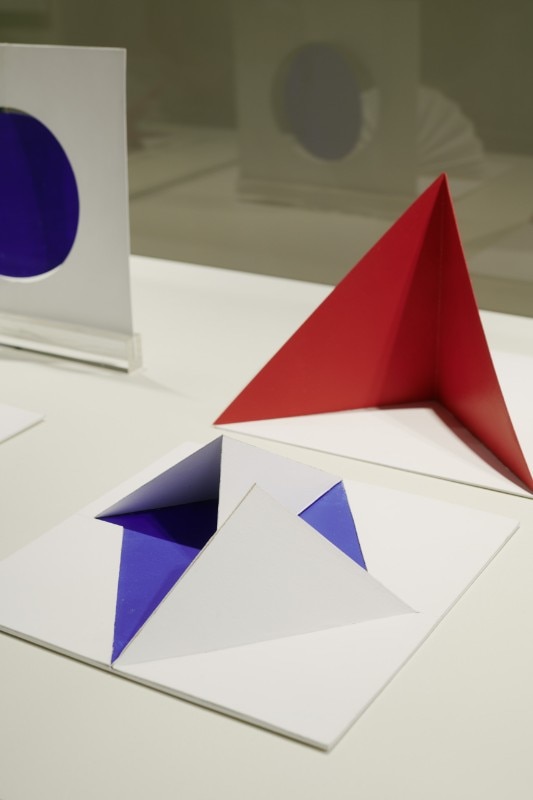
Lygia Pape, 2019, installation view della mostra alla Fondazione Carriero, Milano, Ph. Christian Kain, Courtesy Fondazione Carriero, Milano
Lygia Pape, 2019, installation view della mostra alla Fondazione Carriero, Milano, Ph. Christian Kain, Courtesy Fondazione Carriero, Milano

Lygia Pape, 2019, installation view della mostra alla Fondazione Carriero, Milano, Ph. Christian Kain, Courtesy Fondazione Carriero, Milano
Lygia Pape, 2019, installation view della mostra alla Fondazione Carriero, Milano, Ph. Christian Kain, Courtesy Fondazione Carriero, Milano

Lygia Pape, 2019, installation view della mostra alla Fondazione Carriero, Milano, Ph. Christian Kain, Courtesy Fondazione Carriero, Milano
Lygia Pape, 2019, installation view della mostra alla Fondazione Carriero, Milano, Ph. Christian Kain, Courtesy Fondazione Carriero, Milano

Lygia Pape, 2019, installation view della mostra alla Fondazione Carriero, Milano, Ph. Christian Kain, Courtesy Fondazione Carriero, Milano
Lygia Pape, 2019, installation view della mostra alla Fondazione Carriero, Milano, Ph. Christian Kain, Courtesy Fondazione Carriero, Milano

Lygia Pape, 2019, installation view della mostra alla Fondazione Carriero, Milano, Ph. Christian Kain, Courtesy Fondazione Carriero, Milano
Lygia Pape, 2019, installation view della mostra alla Fondazione Carriero, Milano, Ph. Christian Kain, Courtesy Fondazione Carriero, Milano

Lygia Pape, 2019, installation view della mostra alla Fondazione Carriero, Milano, Ph. Christian Kain, Courtesy Fondazione Carriero, Milano
Lygia Pape, 2019, installation view della mostra alla Fondazione Carriero, Milano, Ph. Christian Kain, Courtesy Fondazione Carriero, Milano

Lygia Pape, 2019, installation view della mostra alla Fondazione Carriero, Milano, Ph. Christian Kain, Courtesy Fondazione Carriero, Milano
Lygia Pape, 2019, installation view della mostra alla Fondazione Carriero, Milano, Ph. Christian Kain, Courtesy Fondazione Carriero, Milano

Lygia Pape, 2019, installation view della mostra alla Fondazione Carriero, Milano, Ph. Christian Kain, Courtesy Fondazione Carriero, Milano
Lygia Pape, 2019, installation view della mostra alla Fondazione Carriero, Milano, Ph. Christian Kain, Courtesy Fondazione Carriero, Milano

Lygia Pape, 2019, installation view della mostra alla Fondazione Carriero, Milano, Ph. Christian Kain, Courtesy Fondazione Carriero, Milano
Lygia Pape, 2019, installation view della mostra alla Fondazione Carriero, Milano, Ph. Christian Kain, Courtesy Fondazione Carriero, Milano

Lygia Pape, 2019, installation view della mostra alla Fondazione Carriero, Milano, Ph. Christian Kain, Courtesy Fondazione Carriero, Milano
Lygia Pape, 2019, installation view della mostra alla Fondazione Carriero, Milano, Ph. Christian Kain, Courtesy Fondazione Carriero, Milano

Lygia Pape, 2019, installation view della mostra alla Fondazione Carriero, Milano, Ph. Christian Kain, Courtesy Fondazione Carriero, Milano
Lygia Pape, 2019, installation view della mostra alla Fondazione Carriero, Milano, Ph. Christian Kain, Courtesy Fondazione Carriero, Milano

Lygia Pape, 2019, installation view della mostra alla Fondazione Carriero, Milano, Ph. Christian Kain, Courtesy Fondazione Carriero, Milano
Lygia Pape, 2019, installation view della mostra alla Fondazione Carriero, Milano, Ph. Christian Kain, Courtesy Fondazione Carriero, Milano

Lygia Pape, 2019, installation view della mostra alla Fondazione Carriero, Milano, Ph. Christian Kain, Courtesy Fondazione Carriero, Milano
Lygia Pape, 2019, installation view della mostra alla Fondazione Carriero, Milano, Ph. Christian Kain, Courtesy Fondazione Carriero, Milano

Lygia Pape, 2019, installation view della mostra alla Fondazione Carriero, Milano, Ph. Christian Kain, Courtesy Fondazione Carriero, Milano
Lygia Pape, 2019, installation view della mostra alla Fondazione Carriero, Milano, Ph. Christian Kain, Courtesy Fondazione Carriero, Milano

Lygia Pape, 2019, installation view della mostra alla Fondazione Carriero, Milano, Ph. Christian Kain, Courtesy Fondazione Carriero, Milano
Lygia Pape, 2019, installation view della mostra alla Fondazione Carriero, Milano, Ph. Christian Kain, Courtesy Fondazione Carriero, Milano

Lygia Pape, 2019, installation view della mostra alla Fondazione Carriero, Milano, Ph. Christian Kain, Courtesy Fondazione Carriero, Milano
Lygia Pape, 2019, installation view della mostra alla Fondazione Carriero, Milano, Ph. Christian Kain, Courtesy Fondazione Carriero, Milano

Lygia Pape, 2019, installation view della mostra alla Fondazione Carriero, Milano, Ph. Christian Kain, Courtesy Fondazione Carriero, Milano
Lygia Pape, 2019, installation view della mostra alla Fondazione Carriero, Milano, Ph. Christian Kain, Courtesy Fondazione Carriero, Milano

Lygia Pape, 2019, installation view della mostra alla Fondazione Carriero, Milano, Ph. Christian Kain, Courtesy Fondazione Carriero, Milano
Lygia Pape, 2019, installation view della mostra alla Fondazione Carriero, Milano, Ph. Christian Kain, Courtesy Fondazione Carriero, Milano

Lygia Pape, 2019, installation view della mostra alla Fondazione Carriero, Milano, Ph. Christian Kain, Courtesy Fondazione Carriero, Milano
Lygia Pape, 2019, installation view della mostra alla Fondazione Carriero, Milano, Ph. Christian Kain, Courtesy Fondazione Carriero, Milano

Lygia Pape, 2019, installation view della mostra alla Fondazione Carriero, Milano, Ph. Christian Kain, Courtesy Fondazione Carriero, Milano
Lygia Pape, 2019, installation view della mostra alla Fondazione Carriero, Milano, Ph. Christian Kain, Courtesy Fondazione Carriero, Milano
The apparent geometric coldness which inevitably comes to mind when evoking rational, or even rigid, works such as those of the most unyielding concretism has been overcome in the work of Lygia Pape, for example through works such as Livro da Criação, in which the artist shows us how a simple square can lead to the creation of unexpected shapes and colours. It is at this very point that what becomes fundamental are no longer the internal relationships between the various works by the same artist, but those which exist between her work and the surrounding context: her peers, the times she lived in and her homeland.
On looking at everything as a whole, it is possible to understand where she came from, where she was going, and the importance of Pape’s work, which emerged in a period which was crucial for the vicissitudes of art in Brazil. As Luiz Camillo Osorio writes in one of the critical articles which accompany the exhibition: “The enormous development of Brazilian art in the 1950s took place during an economic and political boom, which was joined by the progressive strengthening of institutions thanks to the founding of the Rio de Janeiro and São Paulo Museums of Modern Art, both established in 1948, and the setting up of the São Paulo Biennial in 1951”.
In fact, sixty years ago, in March 1959, a group of artists including Lygia Clark, Hélio Oticica and Lygia Pape founded the Neo-concrete movement
In fact, sixty years ago, in March 1959, a group of artists including Lygia Clark, Hélio Oticica and Lygia Pape founded the Neo-concrete movement, its roots lying in the European avant-garde of Geometric Abstraction of the 1930s which came to São Paulo in 1950 with a retrospective of Max Bill held at the Museum of Modern Art, followed in 1951 by the same artist being awarded in the first edition of the biennial. Again quoting Osorio, Neo-concrete perhaps marked “the crucial moment for the Brazilian contribution, an artistic language and movement with ambitions of universalising.”
It is very clear how between the starting point (European Concretism) and the point of arrival (with the work of Lygia Pape in particular), there were a number of fundamental disruptive actions carried out by the artist, through which we saw the evolution of an aesthetic paradigm.
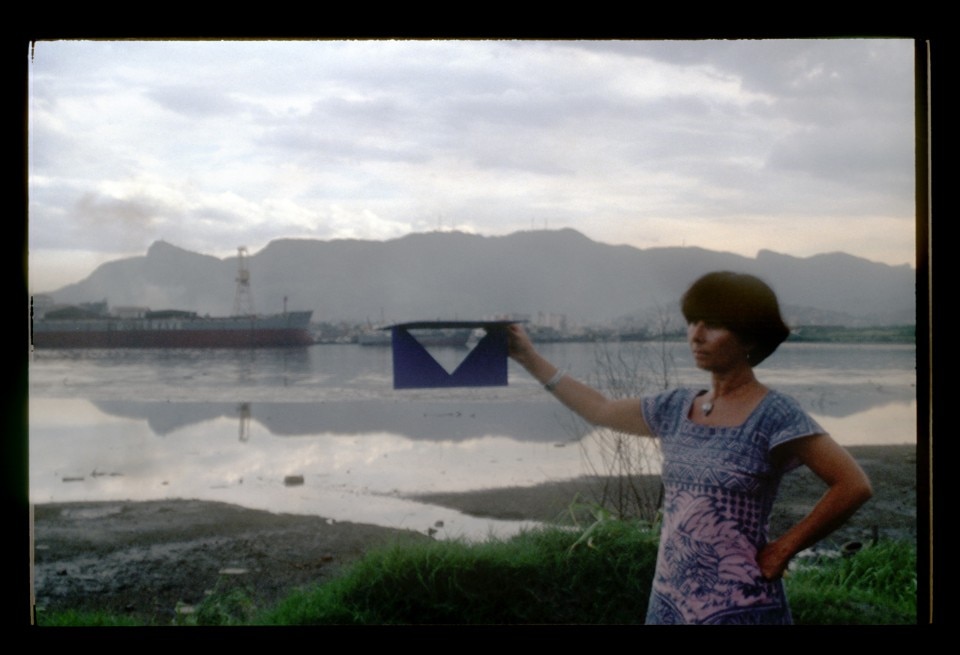
However, as said earlier, this exhibition does not follow a chronological path, but is instead set up in a non-linear manner in relation to the architectural space that hosts it.
For this reason, the first works, such as the Desenhos from the 1950s, the Tecelares, the Relevos and the Poema-Luz from the same period are located on the second floor, while the exhibition begins with a work from the 1960s (Livro do Tempo), continues with drawings from the 1980s, to then go back in time with Livro da Criação (1959-1960) and Livro Noite e Dia (1963-1976), once again leaping forward with the short films, videos and performances produced in the midst of the dictatorship, and so on.
It ends with the enchanting and fascinating Ttèia, which shines ethereal, enshrouded in total darkness, on the top floor of the Carriero Foundation, concluding the exhibition with great aesthetic impact.
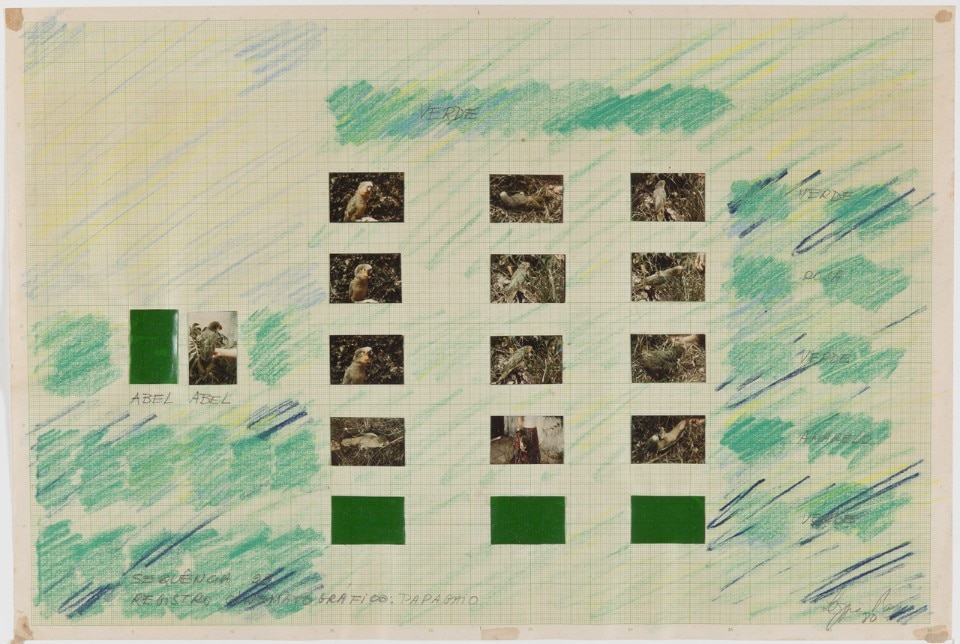
Despite being the result of a direct relationship with the halls that present the works in an elegant and balanced itinerary, this continuous back and forth through time obstructs (perhaps deliberately) an interpretation of Lygia Pape’s work in relation to the history of Brazil which, from 1964, experienced the absolutism of military dictatorship.
It is however impossible to ignore the fact that this context led to the creation of works such as O ovo or Divisor, in which – respectively – the cube becomes a metaphor of the egg, and of re-birth, while a large white sheet is the skin which holds together a multitude of individual heads which are forced to share and follow the general direction of motion.
- Title:
- Lygia Pape
- Curator:
- Francesco Stocchi
- Opening dates:
- 28 marzo - 21 luglio 2019
- Venue:
- Fondazione Carriero, via Cino del Duca 4, Milano


